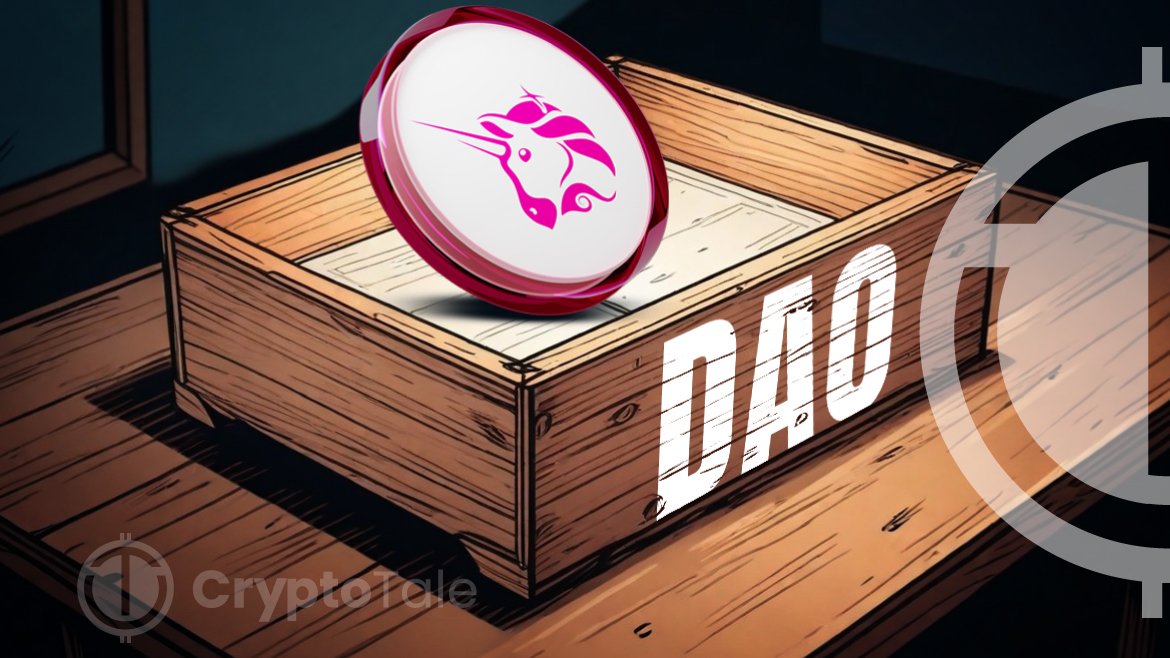- Uniswap community’s rejection of fee mechanism amendment highlights preference for protocol stability over potential changes.
- Technical indicators signal mixed sentiments in UNI market, with RSI in overbought territory but MACD indicating bullish momentum.
- Traders advised caution amid conflicting signals, as corrective movements could impact short-term price dynamics despite ongoing bullish momentum.
In a recent development within the Uniswap community, the proposal to grant the DAO authority to modify the fee mechanism of Uniswap V3 has been met with substantial resistance, signaling a pivotal moment for the decentralized exchange platform. As highlighted by Colin Wu, a Chinese reporter, the proposal was rejected with 30 million UNI, representing nearly 60% of the total votes. He added that the rejection of the amendment underscores the community’s stance on the permanence of certain protocol parameters.
Uniswap’s governance structure has been a subject of ongoing evolution, with stakeholders debating the balance between decentralization and protocol stability. The proposed amendment sought to empower the DAO to alter the fee mechanism, a move that could potentially impact the platform’s revenue model and user experience. However, the resounding rejection reflects a preference for stability, as voters opt to retain the existing fee structure without future modifications facilitated by the DAO.
Despite the setback, Uniswap continues to operate amidst dynamic market conditions. As of today, the price of UNI stands at $14.37, accompanied by a 24-hour trading volume exceeding $398 million. Notably, the token has experienced a slight decline of 3.80% within the past day, indicating a fluctuating market sentiment among traders. However, technical indicators suggest mixed signals regarding future price movements.
The one-day Relative Strength Index (RSI) currently stands at 74.36, positioning UNI in overbought territory, potentially signaling a corrective phase in the near term. Concurrently, the Moving Average Convergence Divergence (MACD) indicator suggests bullish momentum, with the MACD line trading above the signal line. Additionally, the Know Sure Thing (KST) indicator highlights strong positive momentum, reflecting ongoing market optimism.
Traders navigating the UNI market are advised to exercise caution amidst conflicting signals. While bullish momentum persists, the overbought condition indicated by the RSI warrants careful consideration. Any corrective movement could potentially impact short-term price dynamics, prompting traders to remain vigilant and adapt their strategies accordingly.






